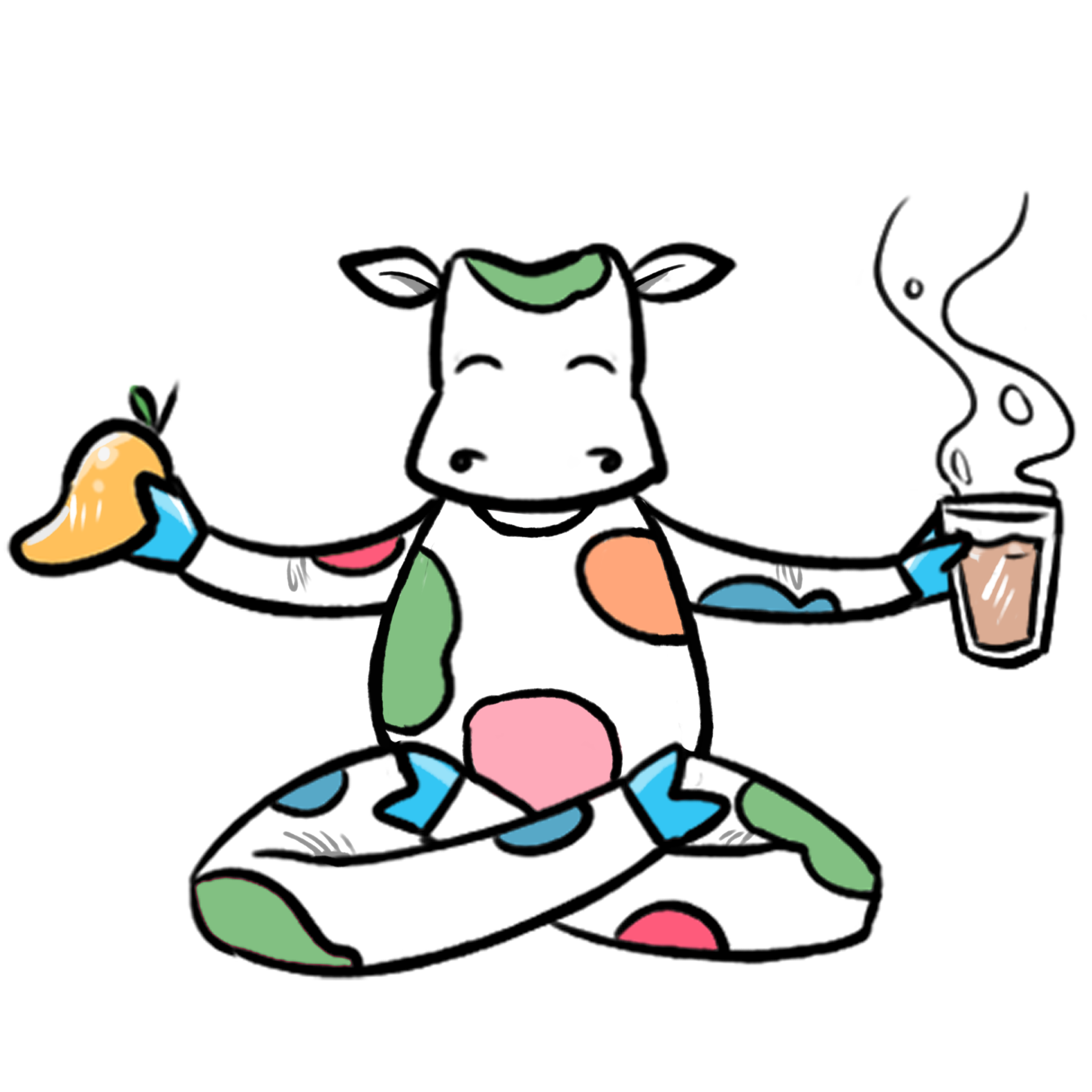A Better World Listening Lesson: Listening For Understanding
Listening. Do we listen to reply? Listen to fix? Are we listening for understanding? Might this vary based on who we are listening to, and our mindset at the time? Go on an inner and global learning journey to practice mindful listening — listening to deeply understand. Being able to meaningfully listen helps us understand one another and helps us heal as a collective. WE are the mindful guides of our lifelong learning journeys.

I Hear You: Mindful Moo’s Learning Guide To Practice Listening To Understand With Self, Others & Our World
Notes: Explore the Humanity & Belonging Unit and Teaching Unit to further explore important concepts like listening, understanding, empathy, judgment, bias, mindfulness, and more. Build your empathy and curiosity muscles with this lifelong learning lesson.
For learning that lasts a lifetime, repeat this deep listening lesson plan often with time to reflect and repeat often with new Learning Journeys. Listening for understanding is a lifelong practice and lesson. Let’s love the lifelong learning journey together. You may also find that this lesson plan on deep breathing is helpful to prepare for this lesson on listening to understand.
1) ASK YOURSELF A DEEP LISTENING QUESTION
“When do I feel heard? Why?”
Think about a moment where you were sharing something with someone, and you didn’t feel heard. What happened in your interaction that made you feel that the person wasn’t deeply listening? What did that feel like?
Now think about a moment where you shared something with someone and you did feel heard. What happened that made you feel this way? What did the person do? What did the person say? What did this feel like?
Reflect on these situations for a minute or few, and document your reflections in some way. This can be through writing, drawing, an audio note, or any form of reflecting you find meaningful.
2) REFLECT ON HOW YOU LISTEN
Now let’s think about a recent time where you were listening to someone you know. What was your mindset as you were listening? What was your “goal”, if you can think of one? If you’re not sure, try to figure out what you were doing as you listened: What were you feeling? What were you focused on? Whose thoughts were you focused on?
Did you listen and immediately reply? Did you listen and then try to solve or fix what the person was sharing about? Did you listen without a plan of action in mind, fully focused on listening closely to what the person was sharing? Did you pause after the person shared feelings and words?
Reflect on this for a minute, and document your reflections in some way. This can be through writing, drawing, an audio note, or any form of reflecting you find meaningful.
3) EXPLORE WHAT IT MEANS TO FEEL “I HEAR YOU”
“What is the impact of feeling I Hear You? What is the impact of sharing I Hear You? How do we show someone “I Hear You” through our actions in a conversation?
Listening deeply is essential for us to truly understand one another. Showing that we are listening is important, too. Note: this is incredibly challenging to do in our lives. This learning guide is for all of us. Our team strives to listen for understanding, and it is not easy to do well.
A) Imagine someone is sharing something important with you. Now imagine that before the person finishes sharing, you are already thinking about the words you will share in response. Think about this: if we are already thinking of what to say before the other person finishes sharing, are we listening?
B) Imagine someone is sharing something important with you. Now imagine that as the person finishes sharing an experience or story or situation, you share your thoughts on what the person shared. Think about this: if we hear someone and respond with our thoughts or a solution before striving for further understanding, how will we know if what we are sharing is helpful to the other person?
C) Imagine someone is sharing something important with you. Now imagine that as the person finishes sharing, you pause and reflect. You take a moment of pause to really absorb what the person has shared, and you acknowledge what the person shared. You feel and then say, “I Hear You”. And now you wait. Maybe the person has more to share. Maybe there is a question you can ask to further understand. Maybe you can share something the person shared to ensure you are hearing the person wholly. To move closer to understanding.
Think about this: if we hear someone and pause and acknowledge what the other person is saying, how might this feel to the other person? If you share with someone and the person takes the time to acknowledge what you have shared, might you feel heard?
Now think about this: might we listen in different ways with different people in our lives? Might we listen in different ways based on our own mindset at the time? Based on the situation? Why might this be? What ways can we remind ourselves to be present and to listen for understanding when we are striving to listen deeply to others?
4) LISTENING FOR UNDERSTANDING AS A LIFELONG LEARNING JOURNEY
Let’s learn about others who are thinking about listening, understanding, and empathy! Search for these words on the stories page to choose a first story to start with.
As you engage with these stories (or any story on the stories page!), reflect on where listening and understanding may play a role in this person’s life. How might listening deeply be helpful in _____’s life? How does our approach to listening impact ourselves? How does it impact others? What does ____ have to share about this impact of listening to understand?
Some questions to reflect on as you engage further: What is it like when our hearts are as wide open as our eyes… our eyes are as tender as our hearts… our hearts are as perceptive as our eyes? What is it like when we see without defaulting to judgement? When we feel without proclaiming a verdict? When we hear without replying or fixing?
What happens when we elongate the pause before responding, and stay with whatever is churning inside us? Look at it. Hold it. Listen to it.
How can we practice saying “I hear you” to ourselves? To each other? To our world?
START A DEEP LISTENING JOURNAL
As you engage in your day, try the deep listening we did in this learning guide.
As you practice listening for understanding, journal about your progress. It doesn’t have to be about being perfect. Journal about all of it. When you struggle to listen for deep understanding. When you notice yourself trying to fix something as someone shares. When you notice yourself listening while thinking of what you want to say before the person finishes speaking. Write about all of it. It can all help us grow.
Deep listening is a lifelong practice and a lifelong learning journey. Listening to understand is not something we do or don’t every single time.
As you journal on your listening, ask others questions about all of this. See how others engage in mindful listening. We can learn from one another!
If we all make deep listening a conversation in the day to day of our lives, it will become a practice over time that lasts for a lifetime! Loving learning for life is the goal, right?
Wordless Videos & Lesson Plans To Practice Deep Listening For Understanding
Practicing listening for understanding isn’t a one time thing, and it doesn’t end after this lesson plan. Practicing listening for deep understanding is something we can do for life! Lifelong global learning lessons are all around us.
Read more here about why our videos don’t have words: no prescribed narrative, no language barrier! Social Emotional Learning (SEL) that helps early childhood learners prioritize curiosity and understanding over judgment and bias from an early age. Through wordless stories — browse below!

